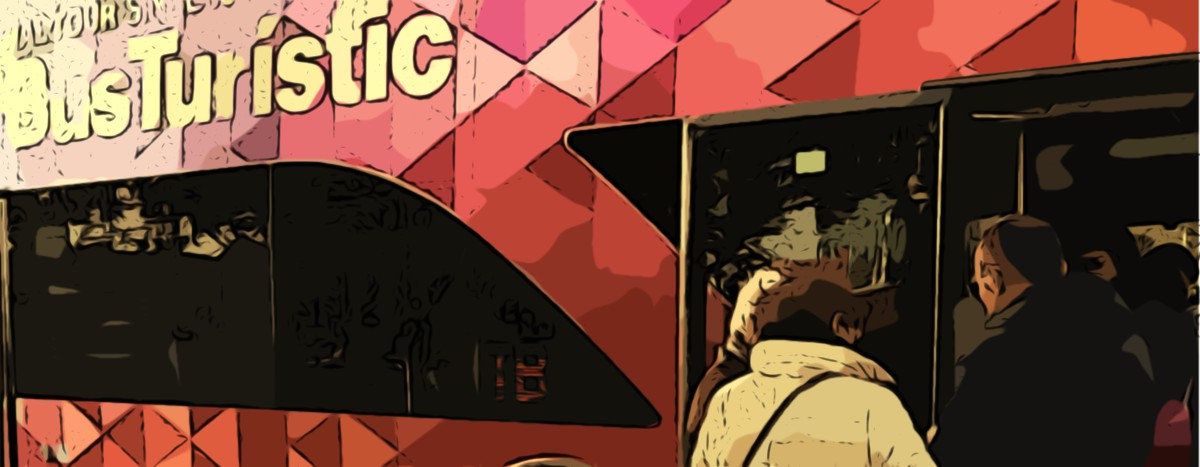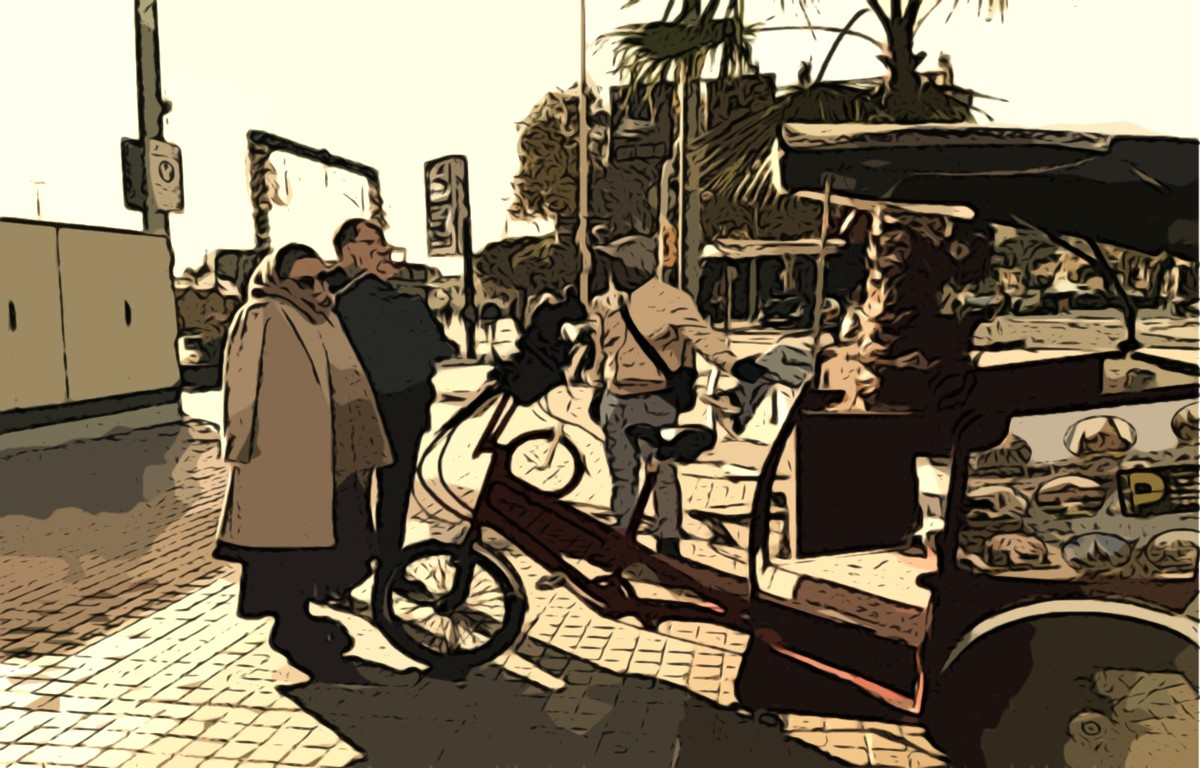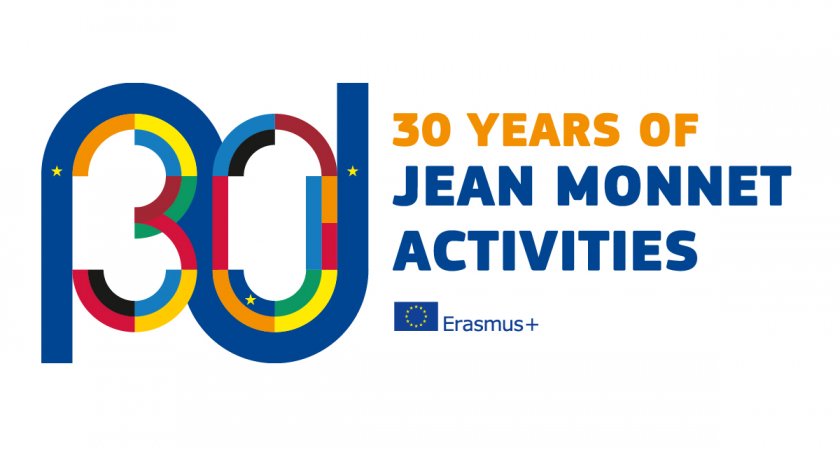
Fatal attractions: Barcelona battles against environmental footprint of mass-tourism
Published on
Translation by:
In recent years, Barcelona has been in the grip of a mass tourism phenomenon. While potentially lucrative, many locals say that the surge in visitors is causing societal tension, gentrification and an increasingly unsustainable environmental emergency. Can the city prevent being a victim of its own success?
“One time,” Eli, a city tourist guide tells me, “a cruise passenger asked me where the Eiffel Tower was.”
The ship was arriving into Barcelona.
Eli tells me this anecdote while pointing out the docks from the Porta d'Europa bridge. With more than 3 million passengers a year, Barcelona is the largest cruise ship port in Europe. “If you're lucky,” Eli continues, “you get the rich ships with groups of about 25 people. On average, those passengers are more cultured and engaged. When the cruises are low cost, the emphasis is on large numbers.”
A tourist tsunami
They move in groups of 40-50 people which are assigned and divided at the base of the ship, each is given a number to avoid getting lost and to know which guide to follow. Getting lost is easy when the cruises arrive simultaneously. Then from the statue of Christopher Columbus on the waterfront, the rush to see the city begins: a quarter of an hour to arrive at the Barrio Gotico in the historic center, and an hour and 15 minutes to visit it; a quarter hour to arrive at the Sagrada Familia and an hour to observe its exterior; 20 minutes to reach Montjuïc and 30 minutes to visit…
These “hit and run” passenger groups, who make up less than half of all cruise passengers, do not stay overnight (in contrast to the 80 percent of arrivals by plane who do). They arrive in waves, stay for such a short time, spend little and are increasingly perceived by residents as the most invasive and irritating category of tourist.
“People often scream at them, insult them,” says Eli. She is a freelancer and one of the 100 thousand people working in the tourism industry which accounts for about 15 percent of the city's GDP. The hospitality sector alone earns about 1.6 billion euro a year. “I love being a guide, but when I take groups of people around that don't even listen to me, that use the city as a playground...When I see parts of Barcelona overrun by mass tourism, I feel like changing my job,” Eli admits. “And I will.”
In June 2019, Barcelona was nominated the European city with the highest levels of pollution from cruise ship fuel consumption. According to data from Transport & Environment, a Brussels-based NGO, the Catalan capital stands out for emissions of nitrogen and sulfur oxides, and Pm10 particulate matter. The port maintains that they are responsible for only less than 10 per cent of the city's nitrogen oxide and PM10 air pollution.
The International Maritime Organization (IMO) has announced that from January 2020 it will ban ships from using fuel with containing sulfur content higher than 0.5 per cent (the current limit is 3.5).
The socio-economic dimension of mass tourism
La Rambla is Barcelona’s most well-known street where a bottle of water can cost around 2.50 euro, while young people distribute city maps inside small tourist kits: bags with event brochures, discounts and shopping tours.
Daniel, a 43 year old activist with ¡Ciutat Vella no está en venta!, (“The Ciutat Vella is not for sale”), doodles on a piece of paper:
“This is the flow of people along La Rambla,” he says, drawing a series of perpendicular lines “and this is the path the residents of the historic center take to avoid the river of tourists.”
La Negreta del Gòtic is a social space shared by several collectives in the historic centre of the city. Daniel is a member of the Assemblea de Barris pel Decreixement Turístic (“Assembly of Neighborhoods for Tourist Degrowth”).
“We changed our name (to ‘Tourist Degrowth’) as we no longer tell ourselves a fairy tale of 'sustainable tourism' because mass tourism definitely is not.” Daniel continues: "The current pressure of tourism is not compatible with social and environmental urban living. We've witnessed a mass exodus of neighbours and lifelong friends who lived in the historic centre."
Laura, a 32-year-old mother of two daughters with a precarious history of undeclared employment, has seen her life upended by property speculation:
“I was forced to leave the historic city centre because my rent increased from 500 to 800 euro . Now I live in the suburbs," she says.
For many, living in the Ciutat Vella is no longer enjoyable.
“To catch the metro you must pass through a wall of visitors, there is never space on the bus, there are are no longer non-touristy shops in the neighborhood and you can't sleep because of the nightlife. Your life changes,” confesses Carla, who has a banner written in Catalan hanging from her window: “Volem un barri digne!” (“We want a decent neighborhood”).
Outside the historic center, the feeling of invasion is less pronounced although the progressive migration of residents from the historic centre to the suburbs is beginning to affect the rental prices there too.

According to a study by city officials conducted in 2017 , 4 out of 5 Barcelonians think that tourism bring benefits. But almost 60 percent say that the city has reached the limit of its reception capacity. Since 1990 , the number of tourists staying in the city has quadrupled, reaching more than 8 million today. The initial kick-off was the 1992 Olympics . What followed is a dramatic increase for a city comparatively smaller than other major European cities: squeezed between the sea, the hill Serra di Collserola and the rivers Llobregat and Besos , Barcelona has no room to grow.
Decision time
Barcelona’s mayor Ada Colau built her image (and popularity) on promoting the right to housing and sustainable tourism. The administration has imposed a maximum quota of houses that can be rented for commercial purposes regulated by the PEUAT , the Plan urbanístico de alojamientos turísticos ("Urban planning for tourist accommodation"). The permits have already been capped at just under 10 thousand but illegal renting has been difficult to tackle (although more than 2,000 irregularities have been identified). Organised criminal gangs rent properties to fake residents, who then sublet to unsuspecting tourists and the authorities are scrambling to uncover the fraud.
"Congestion of public spaces, an imbalance between the number of residents and visitors, an influx of Airbnb houses at the expense of those for residents, rising real estate prices, loss of purchasing power, commercial gentrification, environmental degradation..."
That’s the price that Barcelona pays for mass tourism according to Simone Moretti , lecturer in Tourism Management, at University of Applied Sciences HZ in the Netherlands and author of the first report requested by the Transport and Tourism Commission of the European Parliament , Overtourism: impact and possible policy responses.
In this scenario, it is not difficult to understand why the word "tourismphobia" echoes in the alleys of the old city. With each report of increasing visitors, the population reacts negatively. From January 1, 2020 , the city will declare a climate emergency. Mayor Colau recently said she would like to set limits on cruises and low-cost flights - a difficult, if not impossible, action claims Mar Campins Eritja , professor and Jean Monnet Chair of European environmental law at the University of Barcelona :
“There are different levels of jurisdiction, from the national (the ports) to the international, relating to the UN Convention on the Law of the Sea,” Eritja says. “What the local administration can and should do is establish what type of tourism it wants for its city. "

The series AcadeMy is realized with the support of the European Union's Jean Monnet program. For additional information about the objectives and the role of the Jean Monnet program take a look at the European Union's official website.
Translated from Oltre la “turismofobia”: nel 2020, a Barcellona è emergenza climatica



